A B C D E F G H I J K L M N O P Q R S T U V W X Y Z
Click on any portrait to view (opens in new window)
1898-1978
Born in Rishon-le-Zion in Palestine. Already married with three children, he graduated with an MSc in chemistry from the University of Manchester and became a teacher. In 1931 he founded a boarding school for Jewish boys in The Drive and moved it to a new building in Surrenden Road in 1934. The school moved to Handcross in 1958 and closed in 1967. He was an ardent Zionist.
• 62 The Drive
• Surrenden Road
1876-1949
Served on the hospital ship Nubia during the Second South African War, Appointed resident house physician at the Royal Sussex County Hospital (RSCH) by 1904, when he went into general practice. He served as assistant physician and then consulting physician at RSCH, chairman of the board of management and president. He was also on the staff of the Sussex Throat and Ear Hospital. He was an authority on the electrocardiograph.
• 30 Brunswick Place [residence 1906-1910]
• 29 Brunswick Square [residence 1911-1923]
• 31 The Drive [residence 1924-1949, deathplace]
1858-1927
 Barrister.
Barrister.Known as The Great Defender, he was born and lived in Old Steine.
• 30 Old Steine
1794-1862
HALLETT, William Henry JP DL
1827-1892
Born at Rotherfield, he was a 'hotel keeper' (1841) and 'landed proprietor' (1861). He founded Kemp Town Brewery and built St John the Baptist RC Church in Bristol Road. He became High Constable of Brighton in 1834 and was the second mayor of Brighton in 1855; he died on 29 March 1862.
William Henry Hallett. Brewer and politician.
Served as mayor from 1866 to 1868 and again in 1881. He was a member of the Royal Clarence masonic lodge from 1868 and later the Earl of Sussex lodge. He died in Brighton and left £14,315 19s 3d.
• Hallett Road
PERSONAL
• Manor House, Manor Road [William's residence]
• 142 Marine Parade [William's residence before 1841-1861]
• Black Rock Manor Farm [WH's residence (with brother) 1871]
• Buckingham House, 141 Marine Parade [WH's residence 1881-91]
1820-1889
 Antiquarian and Shakespearean scholar.
Antiquarian and Shakespearean scholar.Born in Sloane Street, Chelsea, Middlesex, the son of Thomas Halliwell, a successful (self-made?) businessman. He was admiitted to Trinity College, Cambridge in 1836 but moved to Jesus College graduating in 1838. He was elected a fellow of the ROyal Society the following year. In 1842 he married Henrietta Phillipps, daughter of another antiquary, whose surname to took by royal licence in 1872, chnaging it to Halliwell-Phillipps in 1879. He bought 14 acres of land off Ditchling Road in 1877/78 to build a house but began by constructing a large wooden bungalow, which he called his 'rustic wigwam', to house his collection. He never built the planned house but lived in the bungalow until he died there. He is buried at All Saints' Church in Patcham. His Nursery Rhymes of England (1849) contains the first printed version of the story of the three little pigs and the rhyme about Solomon Grundy. 'Halliwell was merely accused, but never convicted, of theft, but there was certainly a curious longstanding correspondence between a Halliwell visit to a library and books going missing.'1 Several hundred of his books are kept in a special collection at Brighton Library but he agve his Shakespearean collection to Edinburgh University. The Dictionary of National Biography has an extensive biography.
• Hollingbury Copse [residence 1877-1899]
1Bill Brydon: Shakespeare, The Illustrated Edition. London: Harper Press, 2009: 223
2Dictionary of National Biography Vol VIII. Oxford University Press, 1921-1922.
1904-1962
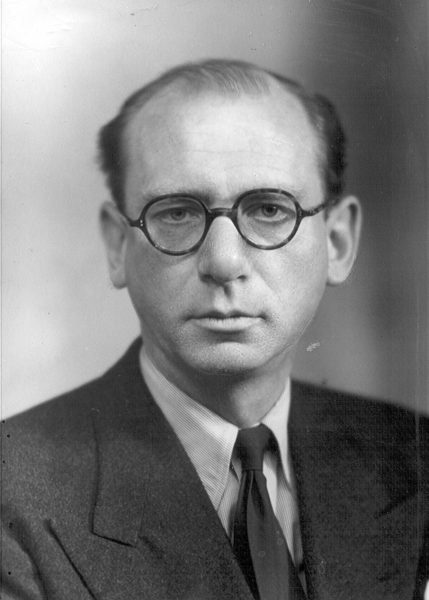 Novelist and writer.
Novelist and writer.Son of a barrister, he spent part of his early years in Hove and set at least two novels in Brighton. A number of his works have been filmed: Gaslight in 1940 in England by Thorold Dickinson and again four years later in the US by George Cukor. His play Rope was filmed in 1948 by Alfred Hitchcock; a version was televised by the BBC in March 1939. He is only known to have written one screenplay, To the Public Danger (1948), a B feature.
• 12 First Avenue [residence]
1778-1858
HANBURY-TRACY, (Thomas) Charles, 2nd Baron Sudeley
1801-1863
Born in Pontypool, Monmouthshire, the son of an ironworks owner, he was educated at Rugby and Oxford. He married the only child of the 8th Viscount Tracy in 1798 and added Tracy to his surname. He was elected as Whig MP for Tewkesbury in 1807-1812 and 1832-1837 and chaired the commission to decide the design of the new Palace of Westminster in 1835.
2nd Baron Sudeley. Colliery owner and politician.
He married Emma Elizabeth Alicia Pennant (d.1888) and they had 13 children. He had 15 servants in the Census1851 and 24 in the Census1861. He died at Pau in the Pyrenees and left £140,000. His eldest son Sudeley Hanbury Tracy (1837-1877) died unmaried and was succeeded as 4th Baron by Hon Charles Douglas Richard Hanbury-Tracy PC MP (1840-1922), who was born in Brighton, as were several of his siblings.
• Sudeley Place, Sudeley Street, Sudeley Terrace
• Hanbury Arms, 83 St George's Road
PERSONAL (2nd Baron)
• 1 Eastern Terrace [residence 1846-1868]
1818-1888
HANNAH, Revd John Julius
1844-1931
The son of a Lincolnshire Wesleyan Methodist minister, after an academy career, he was appointed Vicar of Brighton in 1870 in succession to Revd H M Wagner and became rural dean of Brighton and Hove in 1871 with a prebendary stall in Chichester Cathedral. He was archdeacon of Lewes by 1881. The parish church moved from St Nicholas to St Peter's during his tenure in 1873, when his son because vicar at St Nicholas. In 1876, the year he became archdeacon of Lewes, he founded the Pelham Institute as a working men's club and mission. He retired in 1877. His son,
John Julius Hannah. Clergyman.
He was curate of Brighton from 1871 and vicar of St Nicholas, Brighton from 1873 until he succeeded his father as Vicar of Brighton and rector of West Blatchington in 1888. He was chairman of the Brighton and Preston School Board 1887-1901. By 1911 he was Dean of Chichester. He died at his home in West Hoathly and left £28,072.
1
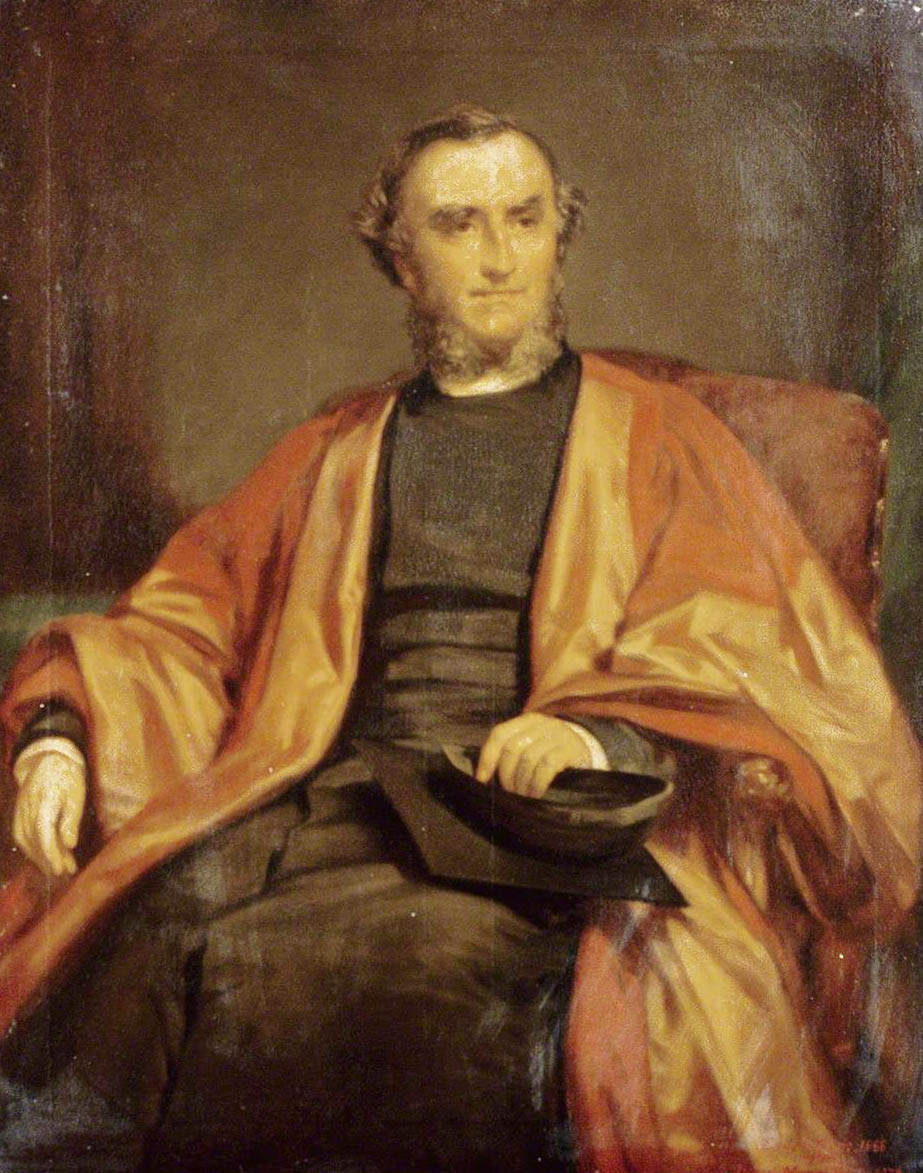 3
3
1. Portrait of John Hannah by Emily J Floris [Brighton & Hove Museums]; 2. John Julius Hanah
• Pelham Institute, Upper Bedford Street
• St Nicholas's Church, Church Street
• St Peter's Church, St Peter's Place
• The [Old] Vicarage, Montpelier Road [residence, now part of Brighton and Hove High School]
1784-1881
HANNINGTON, Charles Smith
1812-1881
HANNINGTON, Bishop James
1847-1885
Born in Shoreham. He founded the firm of Smith Hannington in 1808, after training as a draper's apprentice in Brighton, taking over a small drapery business at 3 North Street. Over the next few years he acquired a number of adjacent properties that were added to the store—a process that was continued by his successors.
Charles Smith Hannington. Draper, retailer. 'Warehouseman'.
Born in Brighton, the son of Smith Hannington, he joined his father's business and took over following his father's death in 1855. His sons Samuel and Philip joined the business. In 1861 he employed 130. In 1873 he became honorary colonel of the 1st Sussex Volunteer Regiment, for which he commisisoned the drill Hall in Gloucester Road. He left £97,360 12s.
James Hannington. Clergyman.
Fifth son of Charles Hannington, he was born in Hurstpierpoint and educated at the Temple School in Brighton. He joined his father's business in 1862 but went up to Oxford in 1868 to prepare for holy orders. After working in England—including a period of curate at St George's Hurstpierpoint, a church his father built—he travelled to central Africa in 1882. He returned to Africa after being appointed in 1884 as Missionary Bishop of Eastern Equatorial Africa. He was murdered in Masai country close to Lake Victoria on the orders of King Mwanga II. He was the first of the martyrs of Uganda, for which he was made an Anglican saint. His feast day is 29 October, the anniversary of his murder.
1
 2
2 3
3 4
4
1. Smith Hannington [Brighton & Hove Museums]; 2. Charles Smith Hannington; 3. Charles Smith Hannington in uniform as colonel of the 1st Sussex Volunteer Regiment; 4. Bishop James Hannington
• Hanningtons Lane
• Bishop Hannington Memorial Church, Holmes Avenue
BUSINESS
• 1-4 North Street [Hannington warehouse]
1907-1960
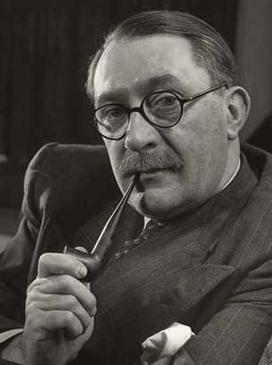 Journalist and broadcaster.
Journalist and broadcaster.Noted for being grumpy or irrascible as his public persona, which included regular appearances on the television programme What's My Line. He was voted personality of the year in the National Radio Awards in 1953/54.
• 20 Montpelier Villas [residence ?-1960]
• Hardwick Road
PERSONAL
• Old Manor House, Hangleton [residence]
1874-1954
 Politician.
Politician.She was a Brighton councillor for Lewes Road Ward (1917). The first woman mayor of Brighton in 1933-34 and long-standing member of the Education Committee.
† Margaret Hardy School, Ladies Mile Road
PERSONAL
• York Place
• 7 Friar Road [residence 1947-1954]
1860-1937
Born in Rastrick, Yorkshire, the son of a Congregational minister and mathematician, he was educated at Mill Hill School, where his father was vice-master, and King's College, Cambridge, from he graduated in 1884. Using the pen-name Mark Ambient he wrote his first notable play, Oh! Susannah!, which premièred at the Eden Theatre in Brighton on 6 September 1897 before transferring to the West End. The script is available online. His most successful play was a musical, The Arcadians (1909), which ran for 809 performances in London and 136 in New York; it was filmed in 1927, produced by Maurice Elvey and Victor Saville and directed by Saville. At the end of World War I he moved to Brighton for the remainder of his life and died on Hove.
• 87A Buckingham Road [residence 1918-1933]
1795-1857
1882-1963
Brighton-born son of a carriage-repairer employed by the London Brighton & South Coast Railway, he went into the same trade as a coach-builder, setting up his own firm, Thomas Harrington Ltd, in Church Street in 1897. A new art deco factory was built in Old Shoreham Road. He was initiated into the Atlingworth masonic lodge in April 1921. He left £53,381 17s.
• 35 Sydney Street [childhood home]
† 87a Church Street [works 1897-]
• 42 Park Crescent Terrace [residence 1911]
• Cordoba, Tongdean Road [residence 1933-1963]
† 274 Old Shoreham Road [coach works from 1930]
1870-1941
 Musician.
Musician.Composer and conductor of the Hallé Orchestra.
• 33 Brunswick Square [residence -1941, deathplace]
1860-1934
 Mountaineer and cinematographer.
Mountaineer and cinematographer.A pioneering alpinist who wrote about and photographed mountain climbing,took a number of films in the Engadine Valley of Switzerland in 1898. She is almost certainly the world’s second female film-maker, whose work was praised by film pioneer Cecil Hepworth and the writer E F Benson, among others. Her films were included in film shows by James Williamson at Hove Town Hall in November/December 1900, and offered for sale in his catalogue of 1902. She was the daughter of Capt Sir St Vincent Hawkins-Whitshed bt, and related to the aristocratic (Cavendish-)Bentinck family, being a cousin of the Duke of Portland. She married three times and published under all her married names: Mrs Fred Burnaby, Mrs Main and that of her third husband, Francis Bernard Aubrey le Blond but her residence in Hove was listed under her maiden name. She also wrote biography and about gardens. She never again pursued filmmaking and does not even mention her work in her autobiography, Day In, Day Out, published in 1928.
• 67 The Drive [residence 1898-1908]
1909-1998
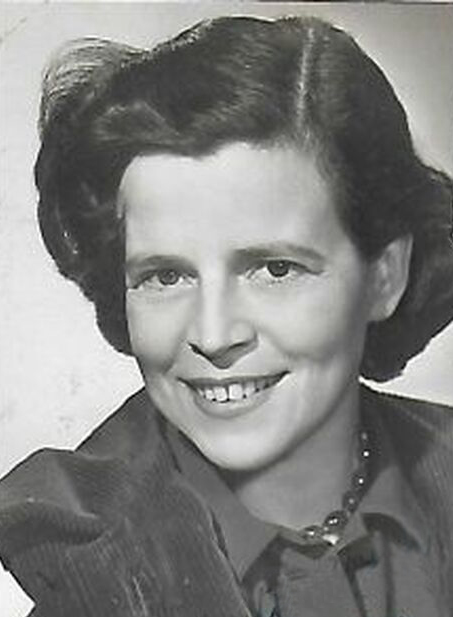 Actress.
Actress.Diminutive actress, who made her stage debut at the age of 12. Noted for many comedy roles, especially on radio and television, although the highest point of her career was in the BBC television play Edna, the Inebriate Woman (1971). She was married to actor Valentine Brooke. Her son is the actor Richard O'Callaghan.
• 138b Marine Parade [residence 1939]
• 19 College Road [residence 1946-1953]
1846-1922
Born in Isfield, Sussex, son of an agricultural labourer, he was already a gardener by the age of 15. He went to work at Dyke Road Nursery (aka Killick's Nursery) to the east of Dyke Road Avenue, which he took over after the death in 1884 of its founder, Thomas Killick. He was buried at All Saints' Church, Patcham. His wife lived on until 1944. His name was usually (but incorrectly) spelled 'Hazendean' in directories.
• Hazeldene Meads
PERSONAL
• Dyke Road [Nursery] Cottage [residence 1881]
1909-1981
 Film collector and archivist.
Film collector and archivist.He filled his lifelong home (where he had been born) with films and equipment. In particular he acquired important material by G A Smith, including film prints and negatives. Smith lived nearby in his later years and was friendly with Head. Parts of the collection were donated to the British Film Institute or sold at auction after Head's death but some is now held by the Cinema Museum, London. He was among the first day audience when the Regent Cinema opened in 1921. He was granted an aviator's certificate on 7 June 1930.
• 'The Croft', 8 Bigwood Avenue
1880-1961
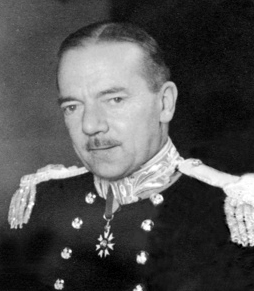 Diplomat.
Diplomat.Former colonial secretary in Mauritius, the Gambia, Falkland Islands, Bermuda and Cyprus, Governor and commander-in-chief of the Falkland Islands 1934-1941.
• 5 Adelaide Court, Adelaide Crescent
1769-1859
HERVEY, Lord Alfred
1816-1875
He had a house in Sussex Square 1831-1859 and was buried on 15 March 1859 in the Parochial (Woodvale) Cemetery. He was Parliamentary Under Secretary of State for Foreign Affairs 1801-1803. He succeeded his father as 5th Earl in 1803 and was created Marquess of Bristol and Earl Jermyn of Horningsheath in the County of Suffolk in 1826. He was succeeded by his eldest son, Frederick Hervey (1800-1864).
His wife was UPTON, Hon Elizabeth Albana (1775-1844), daughter of Clotworthy Upton, 1st Baron Templetown.
Lord Alfred Hervey. Politician.
Sixth and youngest son of Frederick Hervey, and educated at Eton and Trinity College, Cambridge, he was Conservative member of parliament for Brighton from 1842 to 1857, when the Whigs came to power and he lost the seat. He was a founding vice-president of Brighton College. He was MP for Bury St Edmunds from 1859 to 1865.
1
 2
2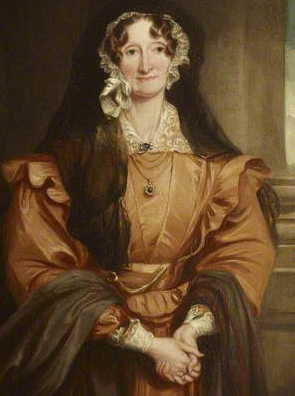
1. Frederick William Hervey; 2. Elizabeth Upton
• Bristol Estate: Bristol Gardens; Bristol Gate; Bristol Mews; Bristol Road; Bristol Road East; Bristol Street; Bristol Terrace
PERSONAL
• 19-20 Sussex Square [residence]
1713-1821
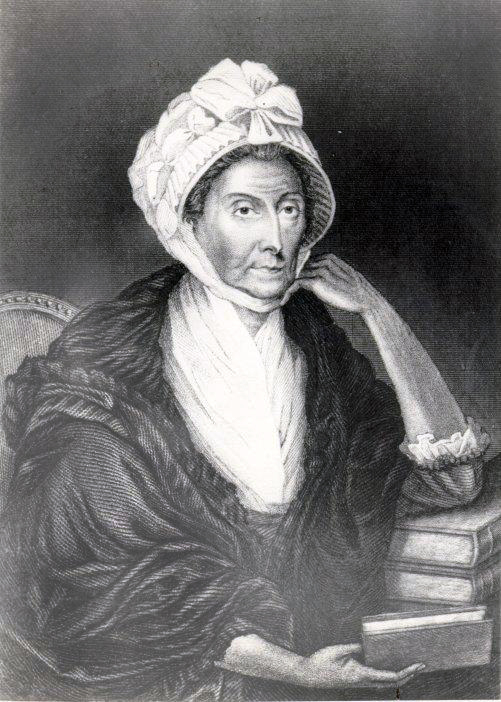 Soldier and fishmonger.
Soldier and fishmonger.Born in Stepney, she enlisted as a private in the Fifth Regiment of Foot and fought across Europe, including under the Duke of Cumberland at the Battle of Fontenoy in 1745, when she was wounded. She settled in Brighton and travelled around by donkey the nearby villages selling fish. The Prince Regent gave her an allowance of half a guinea (10s 6d) a week. Her grave in St Nicholas' churchyard is Grade II listed.
1812-1882
 Art dealer and collector, politician.
Art dealer and collector, politician.Formerly a tailor and quartermaster in the First Sussex Volunteer Rifles, turned to dealing in and collecting art, notably of Degas and was the first to buy 'In the Café' (L'Absinthe). As a Brighton town councillor representing Park Ward (1869-1880) he was involved in establishing the Brighton School of Science and Art, founded the winter exhibitions of modern art at the Royal Pavilion and did much to develop Brighton's art gallery; his and Henry Willett's collections formed the first exhibition. He donated a window to St Peter's Church. According to the artist Frederic Leighton he went mad.
Image: Portrait by Frank Holl (1880) [Royal Pavilion & Museums Trust]
• 53 Marine Parade [residence 1865-1882]
1795-1879
 Politician.
Politician.Lived in Hanover Crescent from 1844 to 1846. Then chairman of the London and Brighton Railway and postal reformer who had introduced the penny post with the world's first pre-paid adhesive postage stamps (the 'penny black') in 1840. In 1844 with John Stuart Mill, Edwin Chadwick and others he founded the Friends in Council discussion group which met in the members' houses. In 1846 he became secretary to the Postmaster General.
• 11 Hanover Crescent
1916-2001
 Actress.
Actress.Née Patricia Penn-Gaskell in Quetta, India, the daughter of the actress Ann Codrington, she took the surname of her stepfather, the actor Stafford Hilliard. She appeared in some of the key films of the 1930s, getting her break in The Private Life of Don Juan (1934), after studying at the Royal Academy of Dramatic Art and signing a two-year contract with Warner Bros. This was followed by parts in The Ghost Goes West (1935) and Things to Come (1936). She abandoned film after 1942 to concentrate on the stage but joined the BBC Drama Repertory Company in the 1950s and worked in radio until she retired in the 1960s. She was married to the actor William Fox (1911-2008).
• 38 Grenville Place [residence]
1908-1969
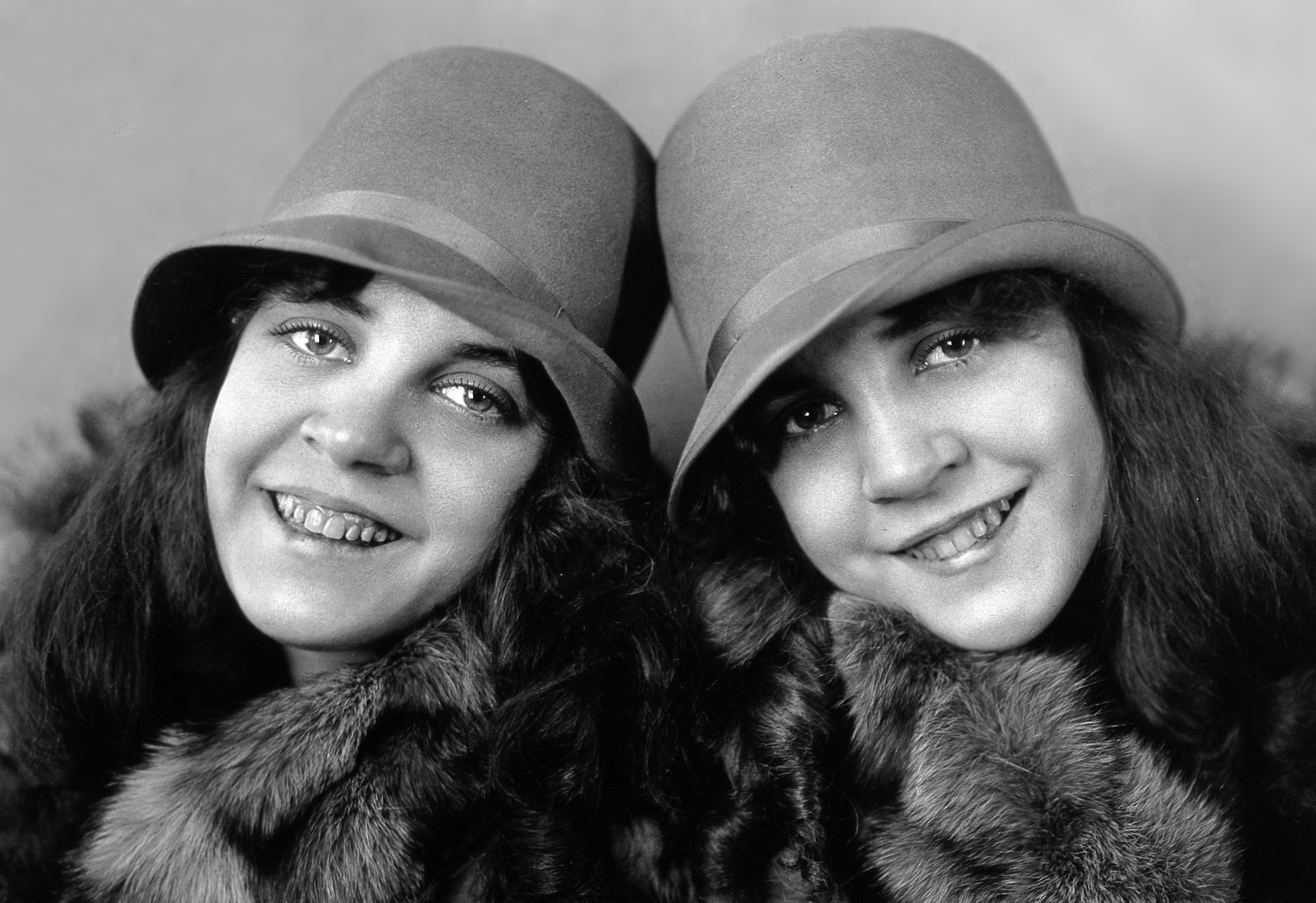 Conjoined twins.
Conjoined twins.Nées Skinner, they were raised as performers by Mary Hilton, the midwife who delivered and adopted them. In early childhood they lived with their adoptive parents at the Queen's Head pub in Steine Street, Brighton, then the Evening Star in Surrey Street. In 1931 they began to manage their own act and, by now living in the USA, made two films—Tod Browning's famous Freaks (1932) and Chained for Life (1951).
• 18 Riley Road [birthplace]
• Queen's Head, Steine Street [residence]
• Evening Star, Surrey Street [residence]
1785-1860
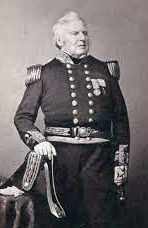 Soldier, colonial administrator.
Soldier, colonial administrator.Fought at the battles of the Nile and Trafalgar and became the first governor of New South Wales.
• 30 Albany Villas
1912-1947
 Pilot.
Pilot.Educated at Harrow and Wye Agricultural College, he joined the Royal Air Force in 1936. A much decorated fighter pilot in World War Two, he was finally Base Commander of Little Snoring Airfield, Norfolk. He died as a result of a crash near Sydney Island in the Bay of Carpenteria, North Australia. He left effects of £741 4s 3d, later restated (1993) to £287,294.
• d'Avigdor House, 5 Davigdor Road [residence 1912-1947]
1755-1834
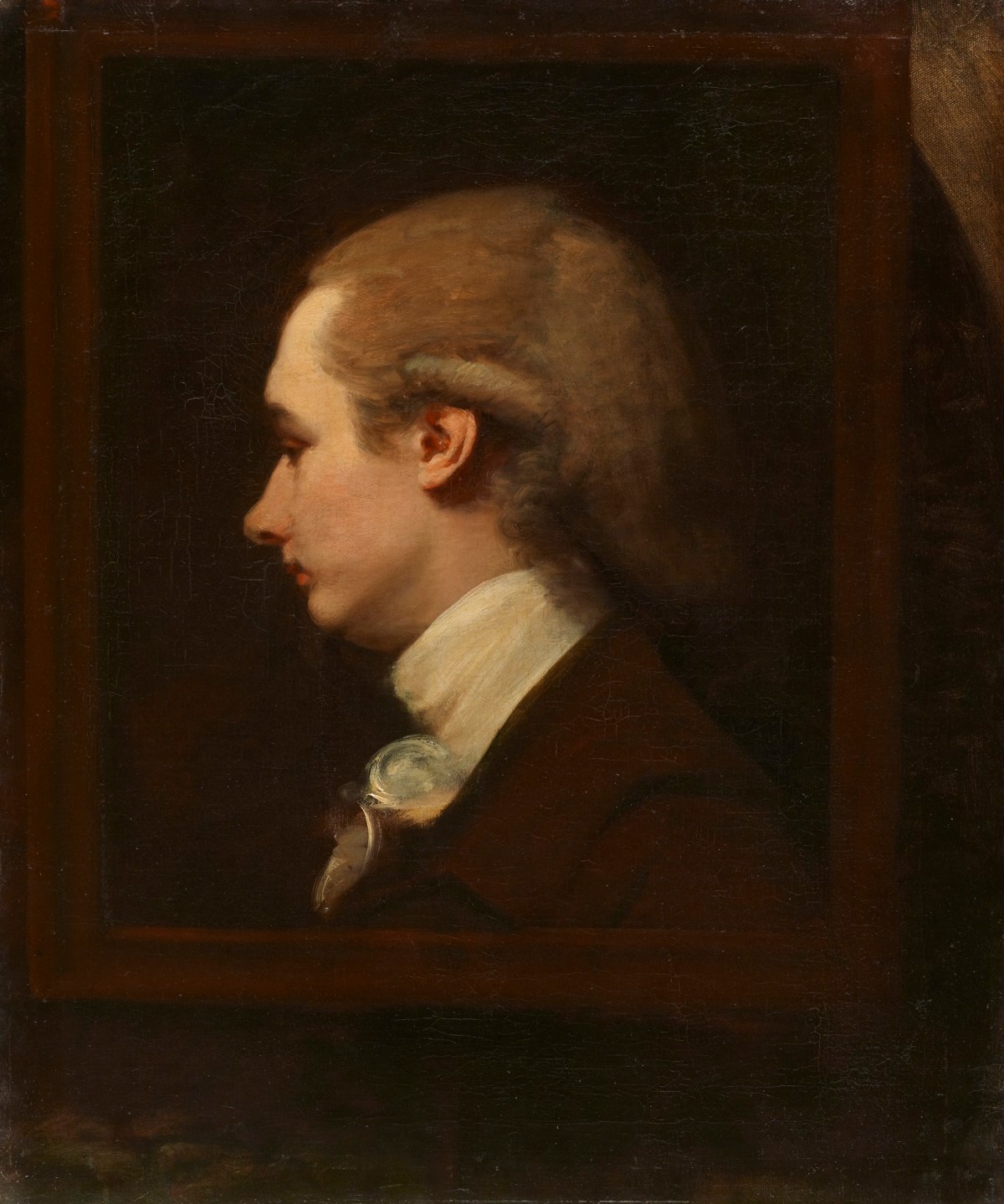 Artist and writer.
Artist and writer.Born in Bath, son of William Hoare RA, who taught him until he entered the Royal Academy Schools in 1773, he studied in Rome from 1776 with Fuseli and Northcote until returning to England in 1780. Poor health led to him abandoning painting after 1785 and moving to Brighton, where he exercised his skills as a linguist and published works of art criticism, literary history and biography. He died as the delayed result of a carriage accident.
Image: Royal Academy of Arts
• Clarence Place [residence, deathplace]
1882-1963
 Cricketer.
Cricketer.He played cricket for Surrey and England and was the first to be knighted (1953). He scored 61,760 runs and made 199 centuries. He later settled in Hove, where he nursed his wife, and died there soon after she did.
• Flat 1, 13 Palmeira Avenue [residence c1960-1963]
• Hove cemetery, Old Shoreham Road [grave]
1920-1995
 Postman, politician.
Postman, politician.Son of a railway locomotive fireman, he was employed as a postman in March 1937, was a sorting clerk and telegraphist by 1939 and a clerical officer in the savings department by 1949. He became an officer of the Union of Post Office Workers and chaired the local Labour constituency party. He was elected MP for Brighton Kemptown in 1964 in 1964, the first ever Labour member for a Sussex constituency, with a majority of seven votes after seven recounts. He retained the seat in 1966 in an election with the largest ever election turnout in a Brightoin and Hove. He lost the seat in 1970.
• Dennis Hobden Close
PERSONAL
• 9 Robert Street [early residence (1938)]
• 19 Rose Hill Terrace [residence 1947]
• 41 Brentwood Road, Hollingdean [residence 1956]
• 1 Langley Crescent, Rottingdean [residence 1958]
• 21 Portland Gate, 302 Portland Road [residence 1964]
1857-1904
 Variety artiste.
Variety artiste.Using the stage name Captain Clives, Holmes was a versatile music hall performer—singer, comedian, trick shot—best known for his act as 'the World's Only Dog Equilibrist', which was filmed by James Williamson in 1902 as Captain Clives and his Clever Dog Tiger. He and his actress/singer wife, Blanche Corri, had a home in Tidy Street in the early 1890s. He was active between 1880 and 1903, travelling extensively in the UK and abroad, including the United States.
• 43 King Street [birthplace]
• 52 Tidy Street [residence]
• Ship Street Gardens [deathplace]
1901-1960
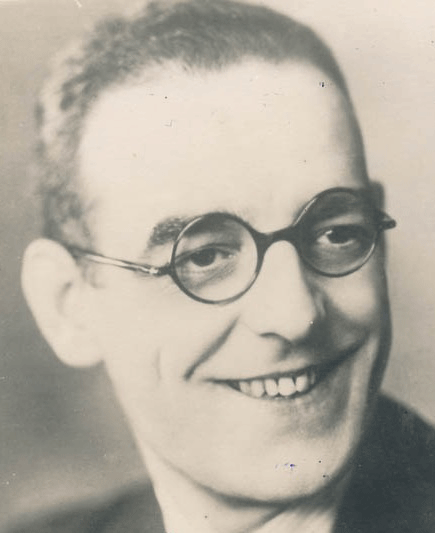 Singer, pianist, songwriter.
Singer, pianist, songwriter.He performed solo as both Roy Leslie and Leslie Holmes but is best known for his long-lasting partnership with Leslie Sarony as The Two Leslies from 1934 to 1948. They regularly topped the bill at Brighton Hippodrome. He died at his home in Brittany Road on 27 December 1960 of an overdose of pills after drinking; the coroner's verdict was death by misadventure.
• 50 Brittany Road
1817-1906
 Social reformer and co-operative pioneer, journalist and author.
Social reformer and co-operative pioneer, journalist and author.In 1842 he was the last person to be sentenced in England to imprisonment for atheism, although he described himself as an agnostic. He coined the words 'secularism' (1851) and 'jingoism' (1878). His nephew was Horatio Bottomley.
Image: National Secular Society
• 36 Camelford Street [residence 1886-1907]
1848-1934
A leading Congregationalist. He was one of the councillors for the newly created Rutland ward in 1893 when Aldrington was absorbed into Hove.
• Hounsom Memorial United Reformed Church, Nevill Avenue
PERSONAL
• 41 New Church Road, Hove
1783-1867
A Brighton-born landed proprietor, whose address in poll books is given as 'Old Hove'. He endowed Howell's almshouses in George Street, built in 1858 for 'reduced inhabitants' and consisting of one room on each floor, a tiny kitchen and outside WC1. He left less than £4,000. His memorial plaque is in St Andrew's Church, Hove. His son, Charles Wellington Howell, was the company secretary of the Peninsular and Orient Steam Navigation Company (P&O).
†Dial House, 3 Hove Terrace [residence]
James Gray [images]
1825-1906
 Scottish soldier and businessman.
Scottish soldier and businessman.Created Baron Newlands of Newlands and Barrowfield in the county of the city of Glasgow and of Mauldslie Castle in the county of Lanark in 1898. At one time he owned Uplands, off Dyke Road Avenue, now Barrowfield Lodge in Barrowfield Drive. His niece was Clementine Hozier, who married Winston Churchill. His son died without issue and the title expired.
• Barrowfield Lodge, Barrowfield Drive
1888-1971
 British civil servant.
British civil servant.He entered the Board of Trade in 1908. He was the author of Tariff-making and Industrial Reconstruction: An account of the work of the Import Duties Advisory Committee 1932-39, of which he was assistant secretary. In 1941-1946 he was Under-Secretary at the Ministry of Supply and in 1947 became the first Secretary of the National Coal Board. He was knighted in 1948. He was director-general of the British Paper and Board Makers Association 1951-1960.
• 10 Withdean Road [residence c1956-1971]
